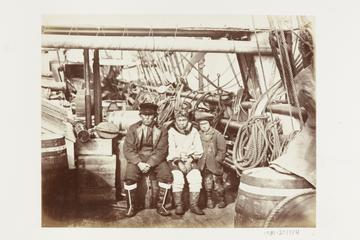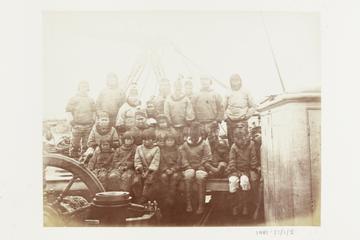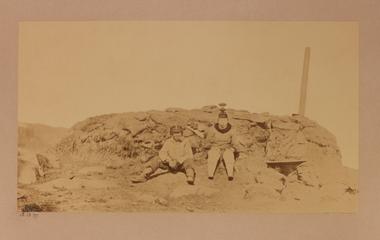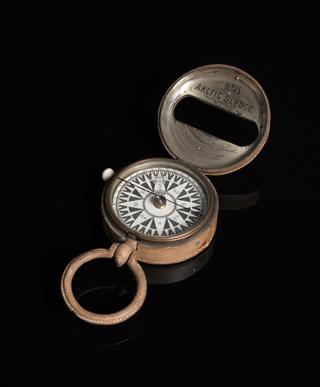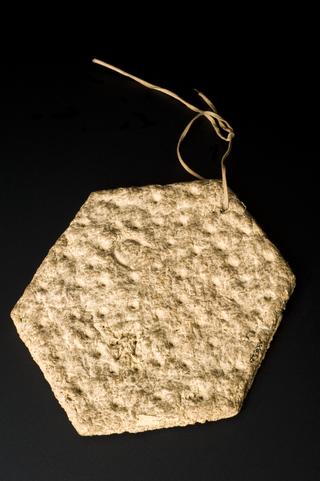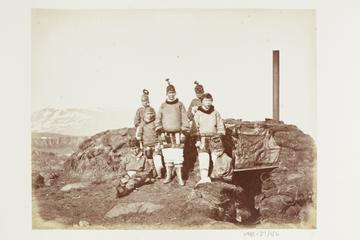
Sir George Strong Nares 1831 - 1915
- occupation:
- Arctic explorer, Conservationist, Researcher, Surveyor
- Nationality:
- British
- born in:
- Clytha, Monmouthshire, South Wales, United Kingdom
1845 - entered the navy from the Royal Naval School, New Cross, as prize cadet. 1848 - after serving as a midshipman in H.M.S. Canopus, he joined the Havannah on the Australian station. 1852 - passed the lieutenant's examination. 1858 - joined the staff of the training ship Illustrious. 1860 - wrote The Naval Cadet's Guide. 1862 - promoted to commander. 1863 - took command of the training ship Boscawen. 1865 - appointed to the paddle steamer Salamander on the east coast of Australia. 1868 - took command of the Newport for hydrographical work in the Mediterranean. 1869 - promoted to captain. 1872 - as captain of H.M.S. Challenger, a steam-assisted corvette, dispatched by the government on a three-year voyage of circumnavigation devoted to oceanographic exploration. 1875 - led the British Arctic expedition, in the vessels Alert and Discovery, the chief aim of which was to reach the north pole. Elected FRS. 1876 - created KCB. 1877 - received the founder's medal of the Royal Geographical Society. 1878 - carried out a survey of the Strait of Magellan. 1879 - received a gold medal from the Geographical Society of Paris. Employed in the harbour department of the Board of Trade. 1886 - retired from active service. 1887 - promoted to rear-admiral. 1892 - made vice-admiral. 1896 - conservator of the River Mersey. His name was given to Nares harbour in the Admiralty Islands, the Nares deep in the north Atlantic, Nares Land in northern Greenland, two capes in the Canadian Arctic, and Mount Nares in Victoria Land (Antarctica). The seaway dividing Ellesmere Island from Greenland is now called Nares Strait.

